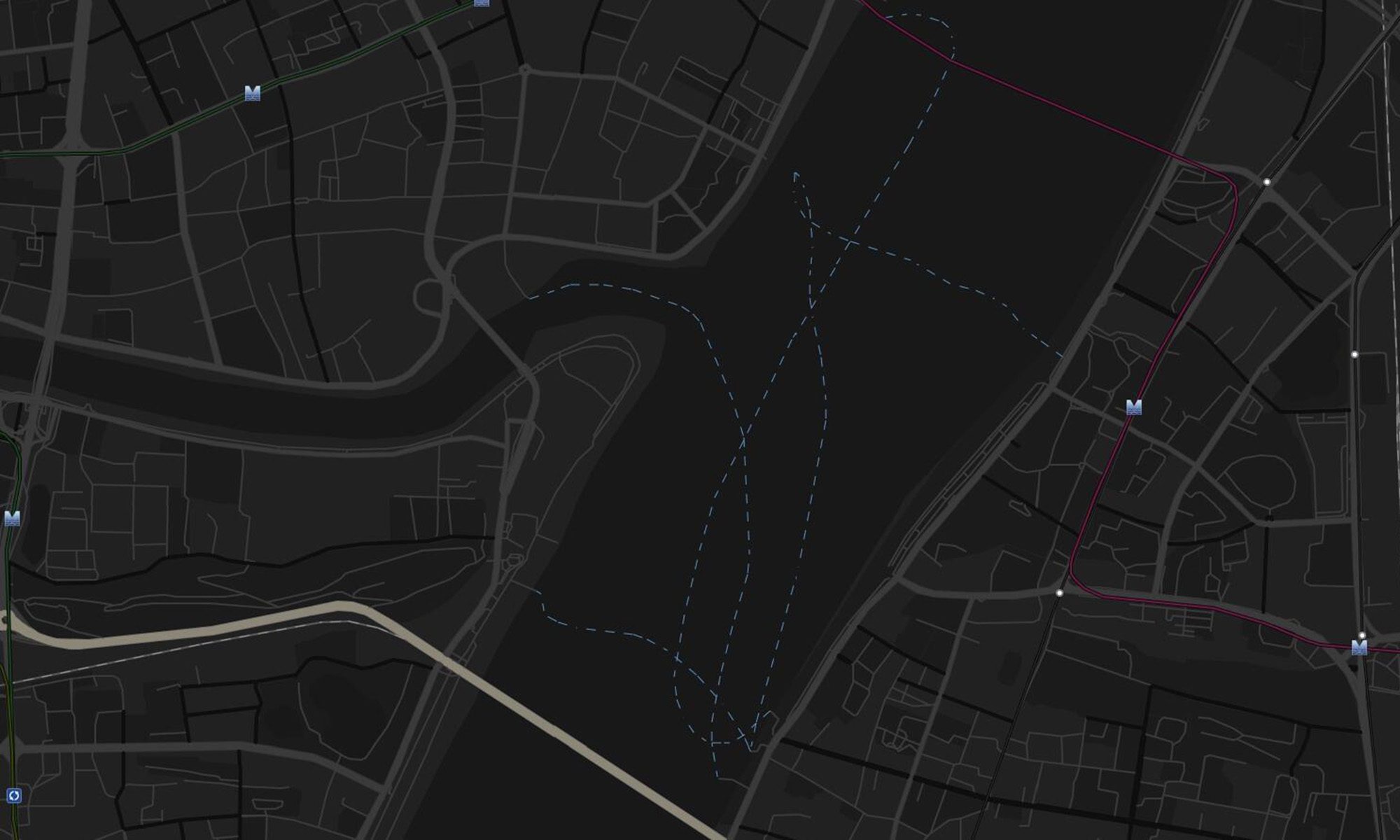Urban public transportation is an indispensable part of urban life and an important topic in today’s urban geography research. Existing studies on public transportation mainly focused on the characteristics of network structure and topology. Centrality is one of the important properties of a public transportation network and is widely examined both in theoretical and empirical studies. Centrality can be effectively calibrated by Multiple Centrality Assessment Model (MCA), which is composed of multiple measures such as closeness, betweenness, and straightness. In recent years, researchers began to focus increasingly more on the study of the relationship between public transportation network and social and economic activities. As the most important financial intermediary in the city, banks and the distribution of their branches are closely related to the efficiency of people’s financial activities.
Thus, we investigate the spatial pattern of public transportation network centrality and its coupling with bank branches in Wuhan City. First, this study builds a dataset consisting of public transportation and bank branches in Wuhan urban development zone of 2015 in ArcGIS. Based on the characteristics of the data, this study improves the Multiple Centrality Assessment Model for better accuracy. It then examines the geography of three centrality indices by improved Multiple Centrality Assessment Model and analyzes the centrality of Wuhan public transportation network and its spatial correlation with bank network layout by using kernel density estimation and bivariate spatial autocorrelation model based on GeoDa.



The results show that:
- Kernel density indicates a clear city multicenter directivity of the public transportation network centralities in Wuhan, and the concentration decreases progressively from the central areas to the periphery.
- The spatial distribution pattern of bank branches presents a core—center—transitional area—periphery multi-level structure, and the regional variations between different areas are obvious.
- There is a significant positive correlation between public transportation network centralities and the bank network layout in Wuhan City. Among the three centrality indicators, closeness has the greatest effect on the distribution of bank branches, straightness comes the next, and betweenness has minimum impact on bank branches’ distribution.
- At the local level, spatial correlation patterns between public transportation network centralities and bank branches exhibit spatial non-stationarity and heterogeneity. The local spatial correlation dendrogram indicates that “High-High” and “Low-Low” coupling are the main spatial correlation patterns. The distribution characteristics of the “High-High” type cluster to the central area, and “Low-Low” type cluster in the peripheral area, are prevalent. “High-Low” and “Low-High” types are distributed sporadically in the transitional areas. This result also indicates that the distribution of bank branches is affected by various factors, including public transportation network centralities.
The paper was published as
Zhan X, Lin A, Sun C, Qiao W. 2016. Centrality of public transportation network and its coupling with bank branches distribution in Wuhan City. Progress in Geography, 35(9): 1155-1166, DOI: 10.18306/dlkxjz.2016.09.010. In Chinese.
